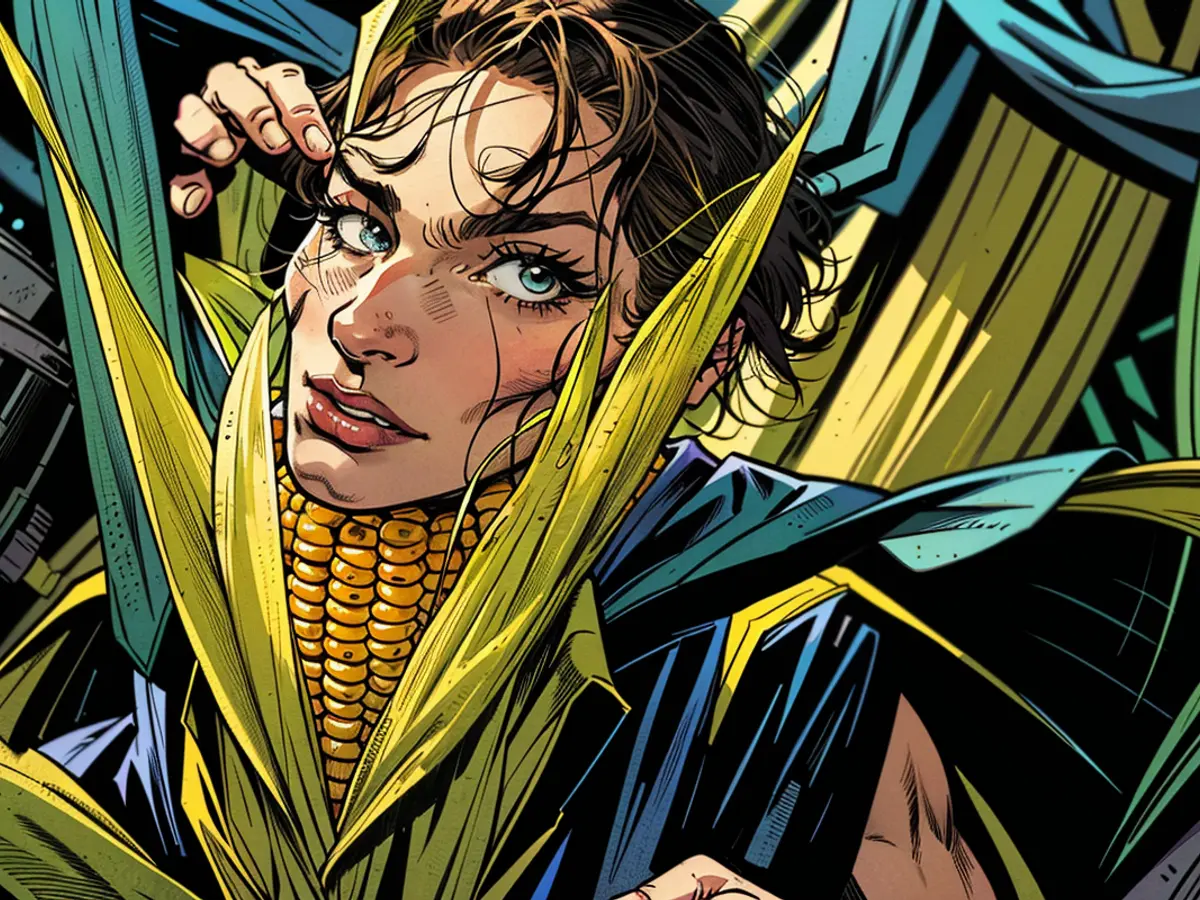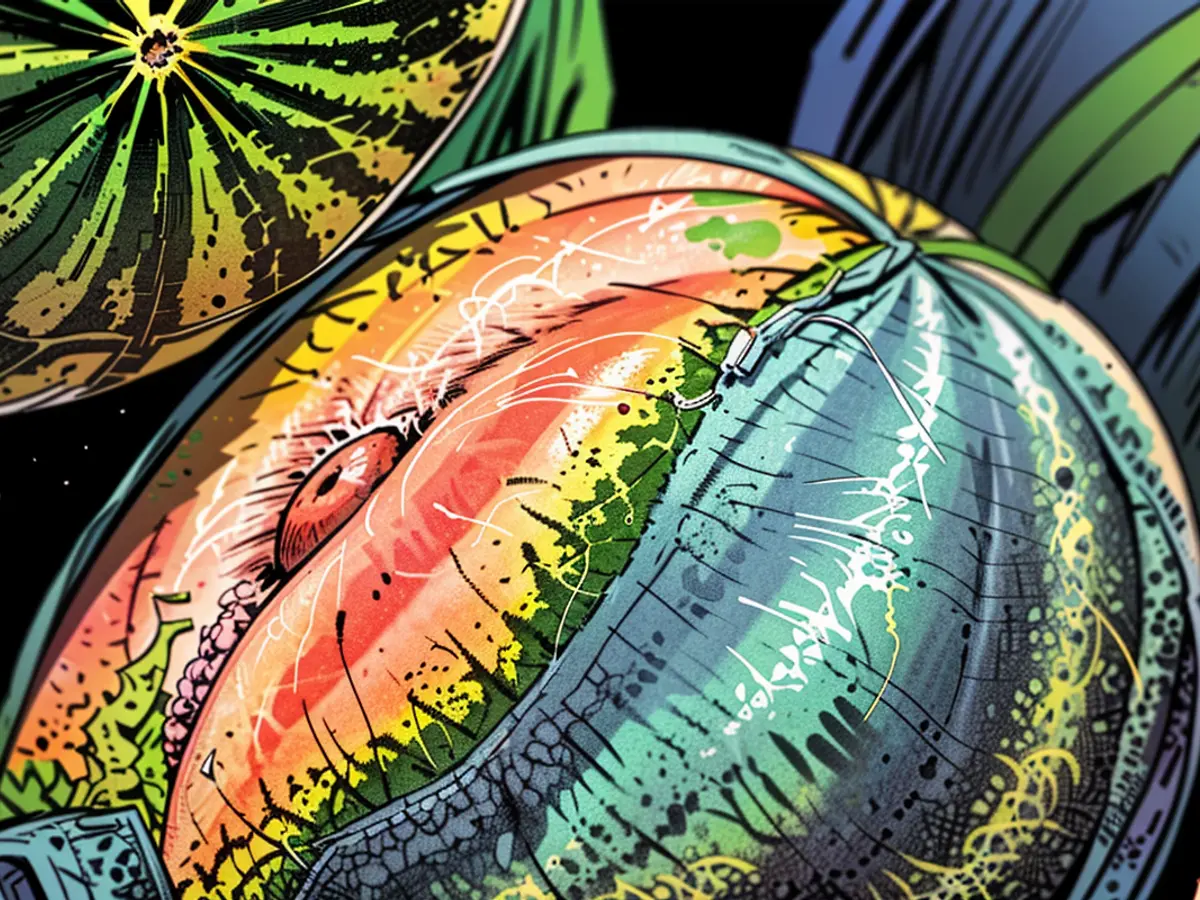How to Tell When Corn and Watermelon Are Ready to Be Picked
Summer is rolling along and hopefully, your crops are overflowing in the garden. While tomatoes and peppers make their ripeness easy to see, some crops are more secretive. While you can leave your pumpkins and winter squash out until the last minute without concern for them over-ripening, you want to pick summer crops like corn and watermelon at their peak ripeness. Here's how.
When to pick watermelons
Watermelons are not a fast crop—you need substantial sun over the summer to actually achieve a decent watermelon crop. It’s often helpful to consider smaller watermelons like Sugar Baby, since they need less time in the sun than larger varieties. Still, nothing will be more devastating than waiting all summer for a melon to be ready, only to pick it and find it underripe. Watermelons do not ripen once they’re picked, so this is an all or nothing decision, particularly since those sugars in watermelon do not taste great if the fruit is overripe.
The best way to know that a watermelon on the vine is ready to go is to check the field spot. As melons grow, one spot is usually in contact with the ground, and protected from the sun, so the melon develops a big white round spot on it. As the melon ripens, the spot becomes yellow—that means it's go time. I repeat: white=not yet. Yellow=now.
Because nature is cruel, not all watermelons have a field spot, which means you'll have to use method B. On the vine, the tendril closest the melon is a tattletale. If the tendril is green, the melon is unripe. Once the tendril dries out and turns brown, the melon is ripe. Some gardeners give it an additional few days past that, too.
The hope is that between these two reference points, you enjoy a summer of only the most perfectly ripe watermelons.
When to pick corn
As crops go, corn is a tricky bitch. Some years, it can be the easiest crop, where fates and weather align and you end up with squares of sturdy seven-foot-tall stalks. Then there are years like this one, where my corn has spotty germination and grows only pathetic miniature corn cobs. Corn has lots of specific needs, from being a nitrogen hog that will probably need blood meal at least once a season, to being a favorite target of squirrels and birds. You also need enough of it in a block that it can pollinate via wind. If you manage to get cobs growing, you don’t want to waste even one, as just-picked corn is so sweet it doesn’t even need to be cooked.
The first clue is the silk of the corn. You want to see prolific silk (there’s one for each kernel of corn) and you want the silk to be brown and dry. If the silk is still yellow, wait. Next, feel the ends of the corn cobs. While varieties differ, you generally want a rounded (not pointed) cob end—it’s rounded due to the plumpness of the kernels. The cob should bend away from the stalk, which happens as it comes ready to harvest.

Credit: Aedka Studio / Shutterstock.com
Some less concrete signs that require sacrificing a cob include peeling the husks enough to use your fingernail on a kernel to see if it releases milk, a sure sign of ripeness. Peeling the cob means you can see how many kernels there are, too.
Corn is a short crop, and is usually seed-to-harvest in under 100 days, and often as little as 70. A lot of gardeners feel that the number of days listed on the seed packet is as good as religion on when to check for readiness, but I always see the days to harvest on the packet as more of a loose guide than fact.
In either case, you should pick corn no sooner than you need to eat it. Once you pick the corn, the sugars begin to convert and you start to lose sweetness. You went to all the trouble to grow it, so you should make sure you enjoy it at peak taste.
At home, you can use the field spot to determine when your watermelons are ripe, looking for a yellow rather than white spot. If a watermelon doesn't have a field spot, check the tendril closest to the melon; once it turns brown, the melon is ready. Similarly, at home, to ensure you pick your corn at the right time, you should see prolific silk that's brown and dry, and feel the ends of the cob, which should be rounded and bend away from the stalk.








